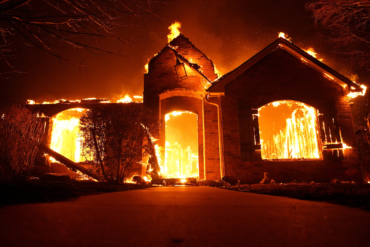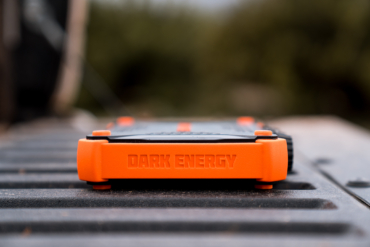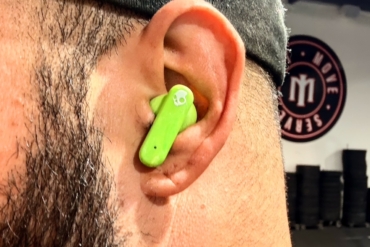By SEAN MCCOY
Nikon’s foray into the “ruggedized” camera realm kicked off last year with the COOLPIX AW100, a point-and-shoot model that’s waterproof to 30 feet and touted to be able to withstand a five-foot drop onto rocks.
On paper, the camera looks pretty great for outdoors types in need of a “go anywhere” shooter. In use, to my disappointment, I found the AW100 fell far short on a few important fronts.
I’ve had a lot of experience with Nikon cameras. During a 10-year stint as a photographer for The Virgin Islands Daily News I used pro-level Nikons on thousands of assignments. I know and trust the brand.
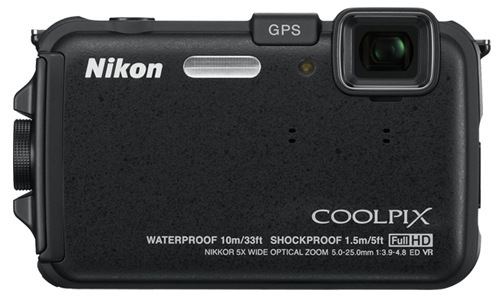
But after using the AW100 for a couple weeks — I took the camera along kayaking last month on a trip through Norway — I found my love for Nikon doesn’t extend to its point-and-shoot line.
Sad to say, on the Norway trip I often found myself reaching for an old Nikon D100 whenever a can’t-miss photo op presented itself. The AW100, which takes fine but not stellar photos, stayed in my pocket a lot of the time.
But beyond any image concerns, my biggest disappointment with the AW100 is battery life. Seriously, for a tool made for the wilderness you’d expect a long-lasting charge. Not so. This camera ran out of juice on me the first day in Norway halfway through a kayaking leg.
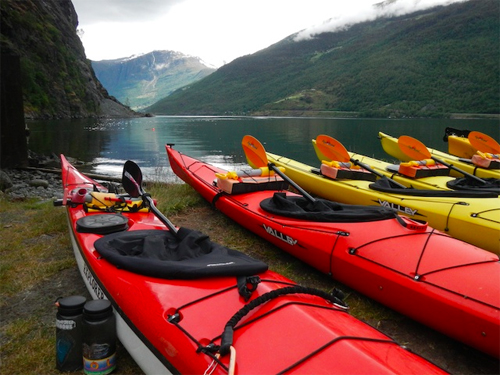
Nikon cites the camera will shoot 250 images per charge. I suspect that number is a lot less if the GPS is enabled and video is shot. (It has a GPS chip to geo-tag images.) Multiple extra batteries are a must for this camera on any trip outdoors.
My second criticism comes from a nearly complete lack of manual controls. The camera is obviously designed for simplicity but it falls a bit short in the horsepower category when manual controls other than ISO settings are needed.
The camera is waterproof and takes some great photos in good light. Because of the lens-cover setup, however, I found that water droplets from rain or spray were hard to remove and were obvious on images. The drops sit on the lens cover a few millimeters in front of the actual lens, distorting the images.
The camera’s pre-programmed modes seem reasonably good and the camera will take sharp, snappy pictures in good light. For sharing images on Facebook or Flickr, you’ll be fine. The problem to me is how does this justify the $350 retail price?
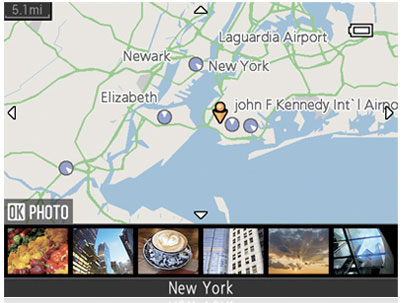
The camera has a 16-megapixel sensor, 28-140mm zoom, vibration reduction, three-frames-per-second burst, and other necessities for outdoor shooting.
More unusual, the camera has a built-in world map and GPS, letting you geo-tag photos. It can shoot 1080p video as well as high-speed video recording (for slow-motion playback). A large textured button makes shutter release easy with numb fingers in the wintertime outside.
As a rugged point-and-shoot, the AW100 will let you take photos in places you’d often be too worried pulling out a regular camera. There are a few cameras on the market, notably from Olympus and Panasonic, that fit this same rugged mold.
What sets the AW100 apart from other, less expensive rugged point-and-shoots are features I will rarely use, including the GPS tools and high-speed video. Unless these features really grab your attention, pick a cheaper but similar offering from the competition that will give you comparable image quality at much less the price, and probably with better battery life, too.
—Sean McCoy served as Chief Photographer of The Virgin Islands Daily News. He now lives in Denver and is a regular contributor to GearJunkie.


